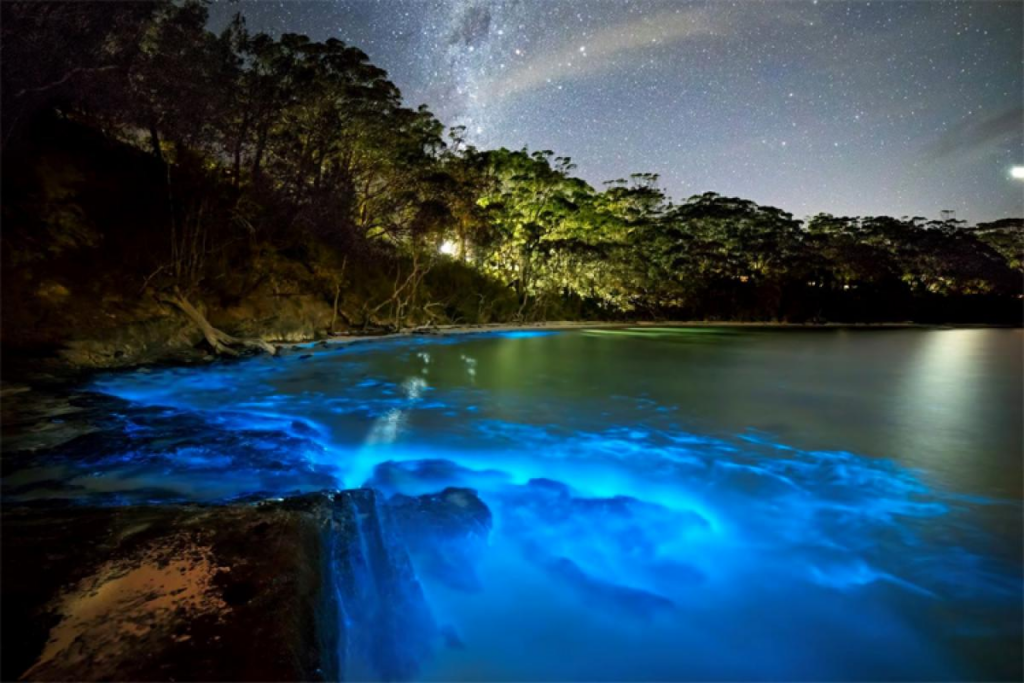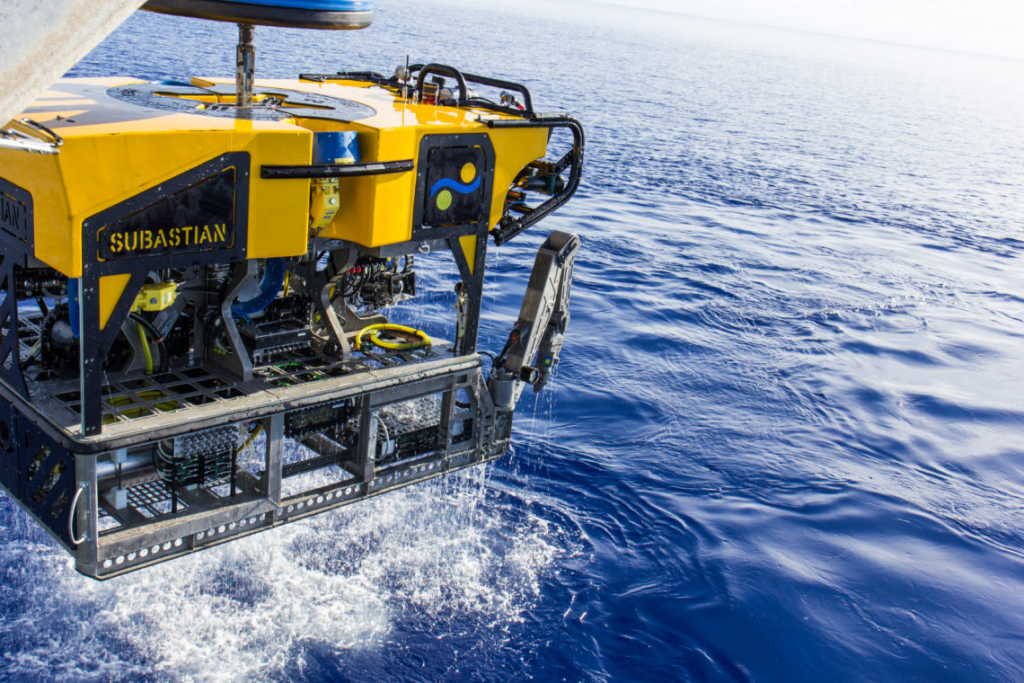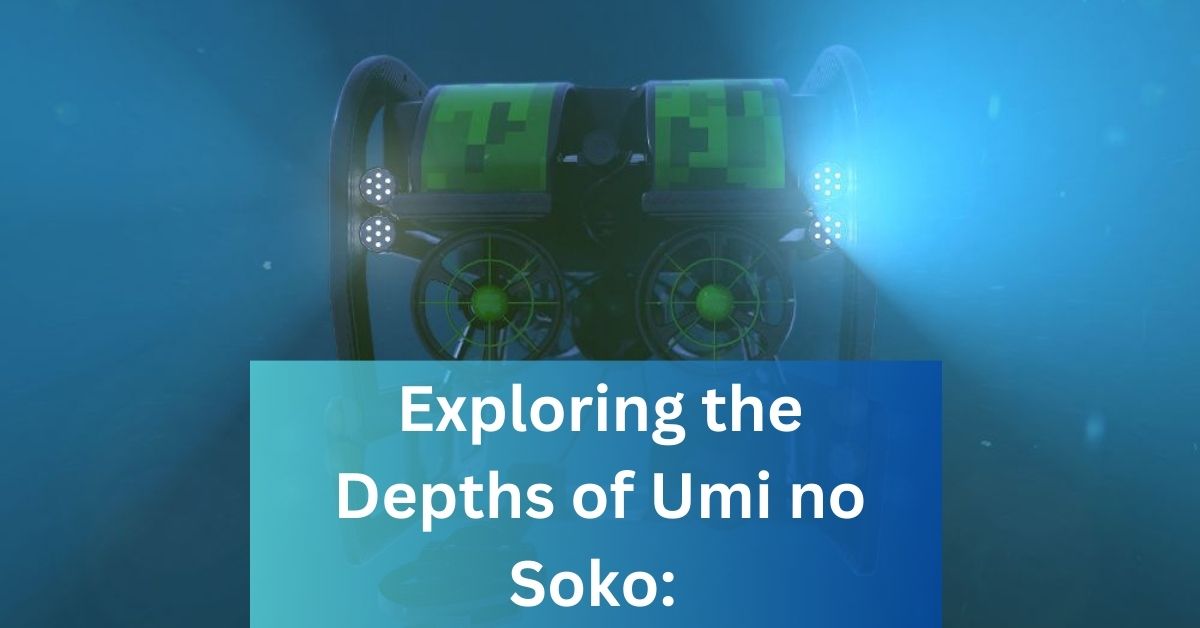In this comprehensive article, we will take you on a journey into the enigmatic world of “umi no soko,” the ocean’s abyss.
Buckle up as we delve deep into the mysteries concealed by the depths of the sea, exploring its unique ecosystem, strange creatures, and the scientific significance of this hidden realm.
Table of Contents
What is Umi no Soko?
The term “Umi no Soko” translates to “the bottom of the sea” in Japanese, and it refers to the mysterious world of the deep ocean, which remains largely unexplored and shrouded in mystery.
This article delves into the enigmatic realm of Umi no Soko, exploring the fascinating depths of the ocean and the extraordinary life that thrives there.
The Importance of Exploring the Deep Sea:
The deep sea represents one of the last frontiers of exploration on our planet. It covers about 95% of the Earth’s living space, yet we have only scratched the surface when it comes to understanding the intricate ecosystems and unique adaptations of its inhabitants.

Beyond mere curiosity, the deep sea holds great significance for scientific research, climate studies, and the preservation of biodiversity.
By exploring and studying Umi no Soko, we can gain valuable insights into our planet’s past, present, and future.
The Enigmatic World Of Umi No Soko:
The deep sea is a realm of extremes, a place where sunlight can’t penetrate, and the pressure is crushing.
To better comprehend this mysterious world, it is essential to explore its various depth zones and understand the adaptations of the creatures that call it home.
The Depth Zones of the Ocean:
Epipelagic Zone (0-200 meters)
The epipelagic zone, also known as the “sunlight zone,” is the top layer of the ocean where light penetrates and photosynthesis occurs.
This is where most of the ocean’s primary production takes place, making it a bustling hub of marine life, including fish, plankton, and coral reefs.
Mesopelagic Zone (200-1,000 meters)
Descending into the mesopelagic zone, also known as the “twilight zone,” sunlight is dim and eventually disappears.
This zone is characterized by an array of unique creatures, many of which possess bioluminescent adaptations to navigate and communicate in the darkness.
Bathypelagic Zone (1,000-4,000 meters)
The bathypelagic zone plunges further into the abyss, where the pressure is intense, and temperatures drop significantly.
Here, creatures like the gulper eel and vampire squid thrive, displaying extreme adaptations for survival in this harsh environment.
Abyssopelagic Zone (4,000-6,000 meters)
The abyssopelagic zone is aptly named, as it delves into the abyssal plains of the deep sea. Remarkable adaptations, such as gigantism and miniaturization, are found in the inhabitants of this zone. The giant squid is a famous resident of this mysterious realm.
Hadalpelagic Zone (6,000 meters to the ocean floor)
The hadalpelagic zone is the deepest part of the ocean, encompassing trenches and undersea mountains.
In this extreme environment, life endures crushing pressure and complete darkness, yet it continues to amaze scientists with its adaptations, like the bizarre yeti crab.
Adaptations of Deep-Sea Creatures:
Bioluminescence: Nature’s Flashlights:
Bioluminescence is a common adaptation in the deep sea, where organisms produce their own light through chemical reactions.
This adaptation serves various purposes, including predation, communication, and camouflage. Creatures like the anglerfish use bioluminescent lures to attract prey in the darkness.

Gigantism and Miniaturization:
In the abyssal and hadalpelagic zones, deep-sea creatures have evolved to either become giants or minuscule in size.
Gigantism can help organisms capture more food in a resource-scarce environment, while miniaturization aids in energy conservation in the perpetually dark depths.
Extreme Pressure Tolerance:
Deep-sea organisms must withstand crushing pressures, which can be over a thousand times greater than at the surface.
Many species have developed adaptations, such as flexible and jelly-like bodies, to cope with these conditions. Some even have special molecules that help stabilize their proteins in extreme pressure.
Feeding Strategies:
In the deep sea, where food is often scarce, organisms have developed ingenious feeding strategies.
Some are scavengers that rely on detritus falling from the upper layers, while others are filter feeders that capture particles from the water.
Predation in the deep sea can be both opportunistic and patient, as organisms have evolved to conserve energy while waiting for prey.
Scientific Research and Exploration:
ROVs and Submersibles:
The exploration of Umi no Soko wouldn’t be possible without the help of remotely operated vehicles (ROVs) and submersibles.
These high-tech machines allow scientists to reach extreme depths and collect samples, take images, and study the deep-sea environment in detail. These tools have revolutionized our understanding of this mysterious world.

Biodiversity Discoveries:
As scientists delve deeper into the ocean’s depths, they continue to discover new species at an astonishing rate.
The deep sea is a treasure trove of biodiversity, with countless species yet to be identified. These discoveries not only expand our knowledge of life on Earth but also highlight the importance of preserving this unique environment.
Conclusion:
In conclusion, Umi no Soko, the enigmatic world of the deep sea, remains one of the most mysterious and unexplored places on Earth.
The various depth zones of the ocean each offer a unique glimpse into the incredible adaptations and biodiversity that thrive in the darkness and extreme conditions.
Exploring this realm not only satisfies our human curiosity but also serves vital scientific, ecological, and conservation purposes.
FAQ’s:
Q1: What is the deepest part of the ocean?
The Mariana Trench holds the record for the deepest point on Earth, known as the Challenger Deep.
Q2: Why is bioluminescence important in the deep sea?
Bioluminescence is crucial for communication, camouflage, and hunting in the pitch-black depths where sunlight cannot penetrate.
Q3: How do deep-sea creatures survive extreme pressure?
Deep-sea creatures have evolved unique adaptations, such as flexible bodies and special enzymes, to endure the tremendous pressure of the abyss.
Q4: What is the significance of exploring Umi no Soko for marine science?
Umi no Soko research helps us better understand our planet’s history, climate, and biodiversity, contributing to scientific advancements.
Q5: How can I access more information on deep-sea exploration?
Get access now to the latest research and discoveries in the world of marine science:
Also Read:
- muon quen em nguyen si kha • rainy day memories • 2023
- Hüriyer – Significance of Hüriyer in History Of 2023
- The Flower Of Veneration Chapter 1 – Read Free In 2023
- What is /gv8ap9jpnwk – know In 2023
- What Is Spicyrranny? An Adventure Tnto Fiery Flavors In 2023
